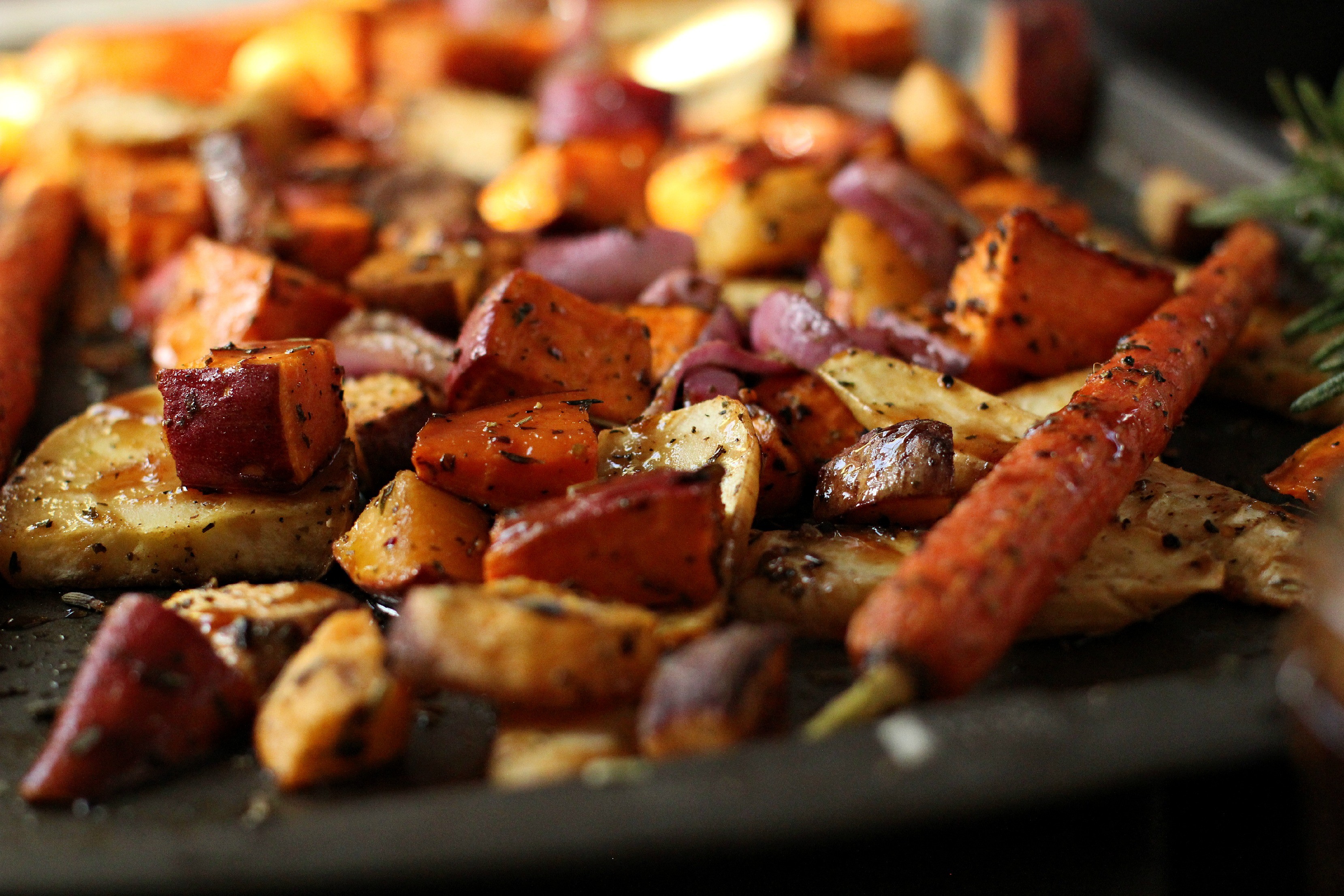
Root vegetables (with the exception of potatoes and carrots) are some of the most overlooked and underappreciated foodstuffs around. But these nutritional storehouses are hidden treasures worthy of your notice. Not only are they available in winter when other vegetables are hard to find, but they are also very inexpensive. Experiment with turnips, rutabagas, beets and parsnips, and learn what they have to offer in taste and versatility. Rutabaga (also known as swede) is an accidental vegetable – the result of a chance hybridization of turnips and cabbage. Like carrots, they're low in sodium and high in vitamin C. The flavor of all root vegetables will be enhanced by selecting fresh, firm produce (preferably organically grown) and storing it carefully. Turnips and potatoes should be stored in a cool, dark place out of the refrigerator. The rest of these roots will keep well in the refrigerator for at least a week.
If you want to eat more veggies and indulge in a “comfort food” that's warming and satisfying, look no further than root vegetables. Packed with vitamins, minerals, and other disease-fighting phytonutrients, these vegetables add powerful nutrition to your diet and delicious flavor to virtually any savory dish.
The most popular root vegetable in the US is the white potato, but I urge you to move beyond this starchy mainstay to some of the other more nutritious options. Below I've detailed some of the very best options, including why they're so phenomenal for your health.
What Are the Healthiest Root Vegetables?
Rutabaga
Rutabaga, a cross between a turnip and a cabbage, is rich in fiber and vitamin C (one cup contains 53% of the daily recommended value). Rutabagas are also members of the cruciferous family of vegetables, which are rich in antioxidants and anti-cancer phytonutrients.
Rutabagas are also an excellent source of potassium, manganese, B vitamins, …
All root vegetables contain healthful fiber and slow-digesting carbohydrates, but beets have some special properties. Unlike most other red vegetables, which have anthocyanins to thank for their distinctive color (think red cabbage), beets derive their hue from pigments called betalains, which range in color from red-violet to yellow. Betalains, in addition to their antioxidant and anti-inflammatory properties, trigger a family of enzymes that binds toxic substances in cells, neutralizing and allowing them to be excreted from the body. Garlic's health benefits, many of which come from its sulfur compounds, are widely documented. Some of these sulfur-containing molecules, polysulfides, are converted by red blood cells into hydrogen sulfide (H2S), which dilates the blood vessels, helping to regulate blood pressure.
![]() Please Read this Article at Articles.Mercola.com
Please Read this Article at Articles.Mercola.com





Leave a Reply